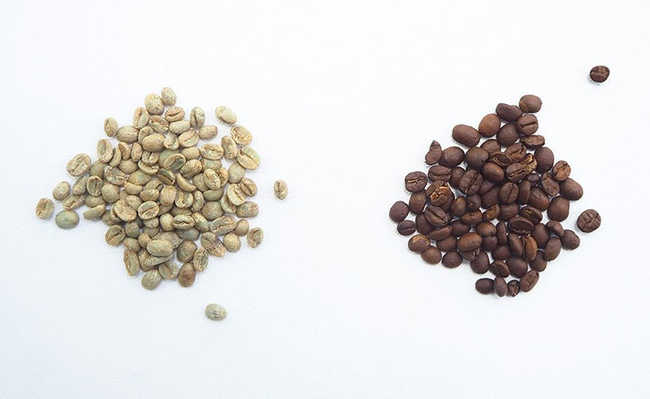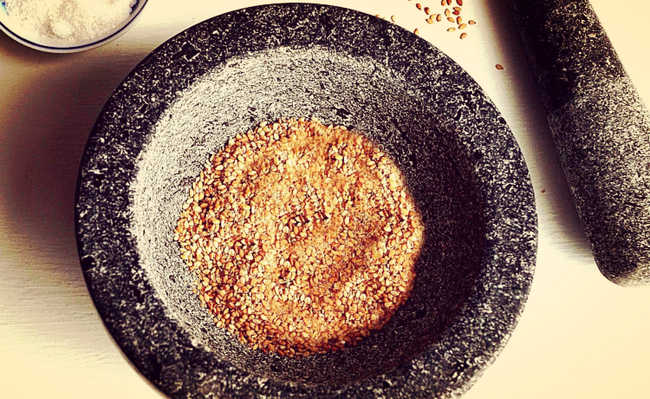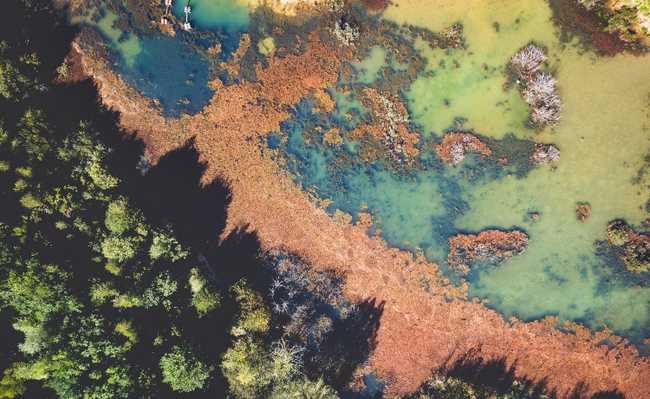Sodium lauryl sulfate: what is it anyway?
Component can be found in many products and deserves attention regarding its concentration.

If you've ever bothered to look at what your shampoo's components are, the chance you've found a substance called sodium lauryl sulfate is huge. But, after all, what does she do?
What is Sodium Lauryl Sulphate?
Sodium lauryl sulfate is a blend of sodium alkyl sulfates, which are the most common surfactants in a wide variety of products. A surfactant (the same as a surfactant) is one capable of modifying the surface properties of a liquid, that is, surfactants act by reducing the surface tension of the liquid, allowing its interaction with other substances.

Through this interaction, surfactants have detergent, wetting, emulsifying, foaming and solubilizing properties. Being responsible for removing oiliness, producing foam, allowing water to penetrate the skin or hair.
where can it be found
It can be found in cleaning products and various cosmetics, such as bath salts, acne treatment creams, exfoliating products, eyelash masks, hair dyes, liquid soaps, conditioners, facial cleansers, makeup removers, and mainly in shampoos for adults and children, liquid soaps for the body and toothpaste.
Name on packages
Sodium lauryl sulfate can be found with the following names on the labels: sodium lauryl ether sulfate, sodium lauryl ether sulfonate, sodium lauryl sulfate, sodium lauryl ether sulfate, sodium laureth sulfate, sodium dodecyl polyoxyethylene sulfate, sodium lauryl ethoxysulfate, sodium polyoxyethylene klauryl sulfate, monododecyl ester, sodium salt sulfuric acid, sodium dodecyl sulfate, sodium lauryl sulfate, sodium salt sulfuric acid, monododecyl sulfuric acid ester sodium salt, sulfuric acid, sodium salt, akyposal sds, aquarex me and aquarex methyl.

Health and environmental effects
Depending on the concentration, the surfactant can trigger allergic reactions in the eyes and skin, and the higher the concentration of the surfactant, the greater the chance of developing allergic reactions. Rumors about the possibility that these compounds are carcinogenic cannot yet be confirmed, due to lack of scientific evidence.
According to a study, sodium lauryl sulfate is capable of modifying the functioning of proteins and passing through enzymatic membranes, causing toxic effects in animals and also in humans. In water bodies, the surfactant can be degraded within 12 days at room temperature. The study also points out that, even with the toxic effects for aquatic organisms and for humans, lauryl can accelerate the degradation process of pollutants such as diazinon (insecticide) and atrazine (herbicide), however surfactant removal methods are needed (such as lauryl) from rivers and seas so that it is not present in treated water and does not pollute water bodies, since the concentration of pollutants such as lauryl is very high.
Alternatives
When purchasing new products, opt for those that contain a low concentration of sodium lauryl sulfate. To get an idea that the ingredient is not one of the main components of the product, check the label if it appears in the last items listed, because if a certain compound is right at the beginning of the ingredients list, it means that it is one of the main components of product. If you prefer to purchase sulfate-free products, they already exist on the market today. It is also possible to make your own shampoo with homemade recipes (learn more).










